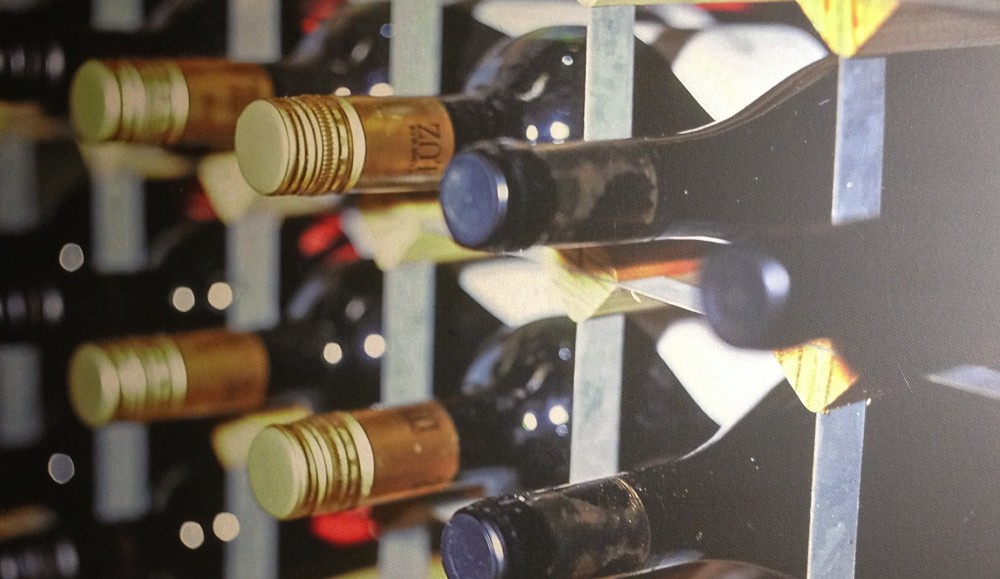I have been slacking!! I haven’t posted in a while. The reality is that I started this blog slightly earlier than I initially intended. I have been thinking about and planning this blog for a few months (and increasing my wine drinking and variety accordingly), with the intention of it being my new “project” on departure from our beloved pub/restaurant that we ran. However, I went on a “blogging course” a couple of months ago, and therefore got started slightly prematurely. Last week, my husband & I left our business of the last 3 years. The run up to our departure was frantic, particularly as we lived on site so also had to move (with toddler), and consequently my commitment to blogging (although not the actual wine drinking), has fallen by the wayside. I am, however, now a woman of leisure… at least until I find a job I want to do, and as such I now intend to commit to more regular posts.
So, I am starting tonight sharing a bottle of Argentinian (Mendoza) Viognier with the husband. When I say sharing, we both had a glass, and then he moved onto beer, leaving me to finish the bottle. Which makes me very happy, as I am a big fan of Viognier. It is a grape that has rarely failed to please.
As this is one of my favourite varieties of white wine, I thought that I should find out a little more about it. And I started by learning that it is not an easy grape variety to use in wine production. Viognier needs the right climate to produce the correct flavours and quantities (as it can produce a low yield compared to other grape varieties). If the climate is too cool it may not ripen enough, which would lack flavour, but if too warm, the sugar level may rise too much, causing lack of perfume. Viognier has a very “floral” flavour and aroma, with sweet and perfumed qualities. I find Viognier a confusing wine. It’s nose is sweet, and there are definite sweet flavours, but also a dry sensation. I have often found it difficult to describe, particularly when selling it to customers, however I have often recommended it, and those preferring a medium, or a dry, have always commented on what a good recommendation it was. I also learned that Viognier is often used in red wine blends to add perfume and to soften the flavours.
This particular Viognier has been a favourite for a while. Mendoza is the largest Viognier producing area of Argentina, with over 1000 acres of vines. It is typical of South American Viogniers, with the strong nose and taste, a sweet start with a dry finish. A wine I have no doubt that I will come back to.
